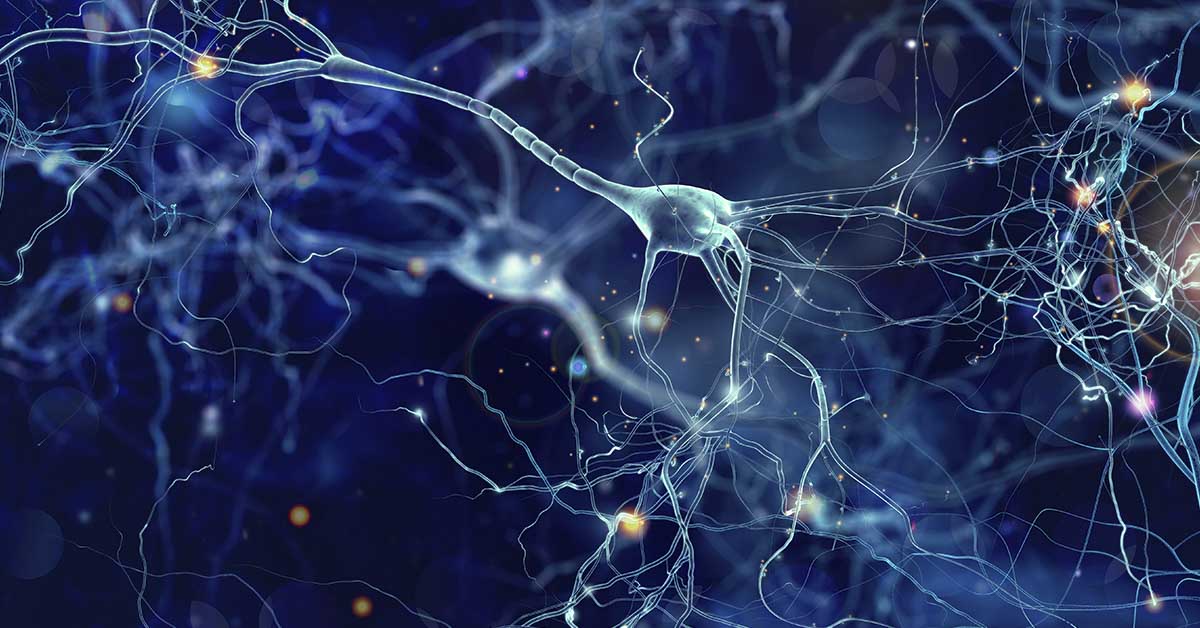Paralysis is a devastating, life-changing injury. Whether it’s partial paralysis or full, that person’s life will never be the same. For many victims, they can only dream of walking again one day. This new discovery might just make that dream come true. Scientists have discovered the neurons that make paralysis recovery possible.
9 People Walk Again After Scientists Discover Neurons For Paralysis Recovery
A group of scientists has been studying spinal cord injury recovery in mice. Recently, they made a discovery of a group of neurons involved in paralysis that may actually make walking again possible. Their discovery opened them up to the mechanism important for the rehabilitation of the spinal cord in response to electrical stimulation. This meant that the next step was to see if this would work for people. (1)
The researchers brought in nine people with severe or complete paralysis to see if their new discovery could help them learn to walk again. For quite some time, scientists have known that electrical stimulation of the spinal cord can help those who have injured themselves regain at least some movement to some extent. Fully walking again, however, hasn’t been achieved – until now. With the discovery of these neurons, combined with electrical stimulation, all nine patients relearned how to walk.
Read: New, Large Study Questions Colonoscopy Benefits.
The Study
Researchers at the NeuroRestore Research Center spent time studying the neurons in mice with spinal cord injuries. From there, they were able to identify the specific neurons activated by spinal cord stimulation. They developed a rodent model of EES neurorehabilitation, as well as created a gene expression map of mouse spinal cord neurons. After they combined the findings of both of these experiments, which allowed them to identify a family of neurons that have a big role to play in spinal rehab. These are the V2 A neurons.
Interestingly, these neurons, which express the gene Vsx2, are not involved with walking before spinal cord injury. As they discovered, they are crucial to the recovery of movement after spinal cord injury. With this knowledge, they were able to electrically stimulate the correct areas of the spinal cord. Each patient involved in the study was able to get up and begin walking again.
“Silencing these neurons [in mice] impaired the EES-mediated recovery of walking after spinal cord injury, whereas activating the neurons – even in the absence of EES treatment – produced improvements in walking,” wrote authors Kee Wui Huang and Eiman Azim in the article that accompanied the paper. (2)
First off, each person immediately regained some capacity to walk using robotic support during the stimulation. Most of them showed an impressive improvement in their ability to bear weight. After five months of treatment and rehabilitation, they all showed a sustained improvement in walking. Their improved motor function continued after treatment stopped, even when the electrical stimulation was turned off.
A New Beginning In Spinal Cord Injury Rehabilitation
The researchers say that this is just the start of this new capacity to recover movement for paralysis patients. They explain that there are many other neurons that electrical stimulation activates. The scientists say that we should also be studying more about these neurons, because this will further our understanding of spinal cord rehabilitation and reorganization in response to electrical stimulation therapy.
“This paves the way to more targeted treatments for paralyzed patients. We can now aim to manipulate these neurons to regenerate the spinal cord,” study author Jordan Squair said in a statement.
We can’t wait to see more research done on these neurons. Hopefully, with this new knowledge, scientists can help many paralysis patients walk again.
Keep Reading: Study: Common Stomach Virus Linked to Crohn’s Disease

